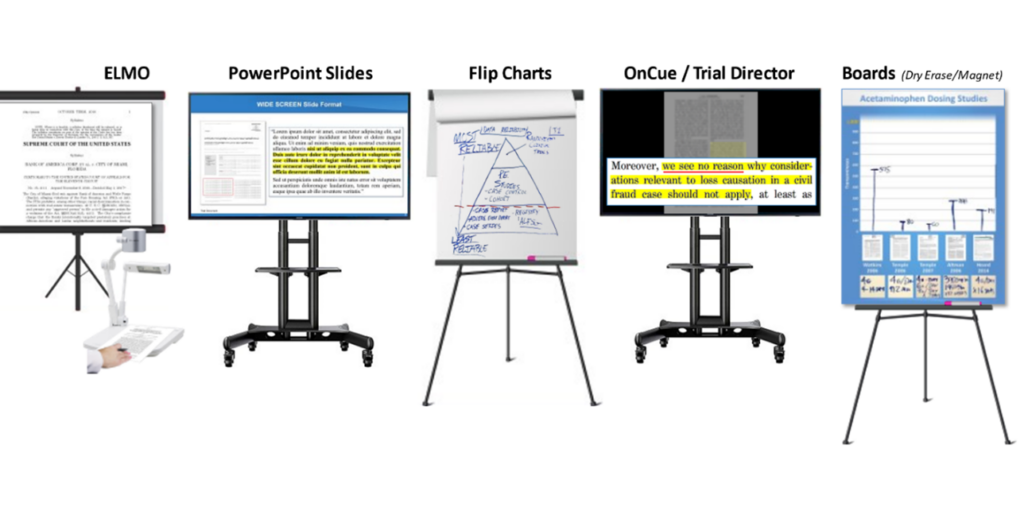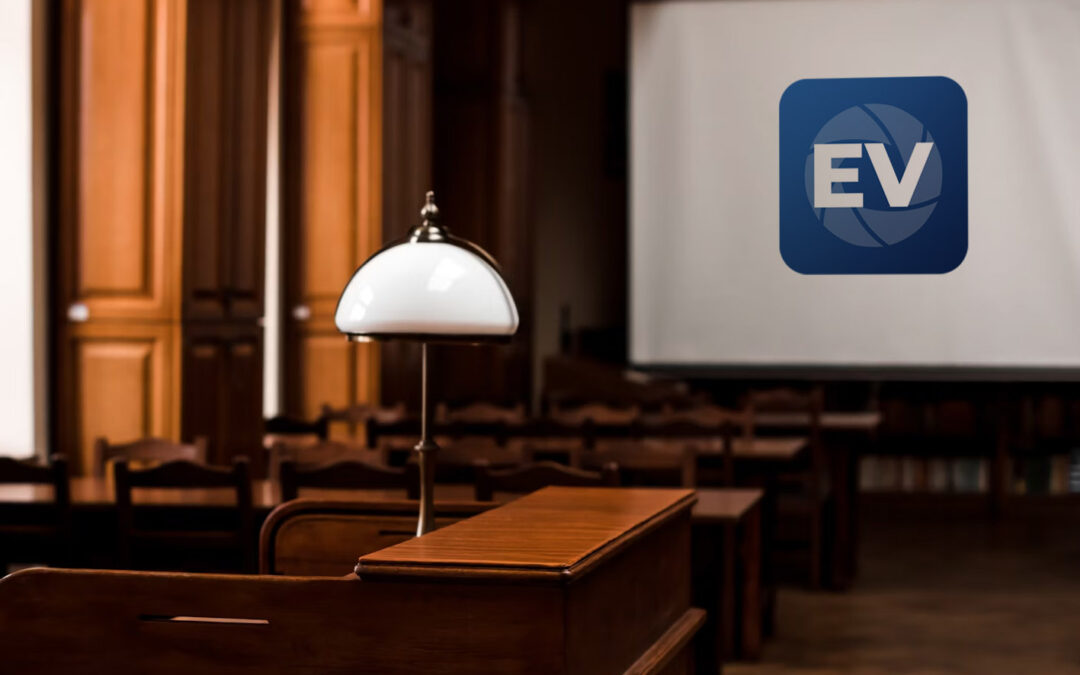Modern trial presentations provide an edge in high-stakes cases.
Modern trial presentations provide an edge in high-stakes cases.
Blog Article
Just How Trial Presentations Enhance Your Debate and Encourage Jurors
Trial presentations offer as a crucial mechanism for boosting legal debates and convincing jurors. The tactical use of visuals not just clarifies intricate details however also captures jurors' focus a lot more properly than words alone.

Importance of Visual Help
Visual aids play a vital function in improving the efficiency of trial presentations, as they can substantially raise audience involvement and retention of details. In the context of a test, where jurors are tasked with processing complicated information, visual help offer to streamline and clarify bottom lines. Charts, charts, and photos can communicate information and concepts that may or else overwhelm or confuse jurors, permitting a much more uncomplicated understanding of the evidence presented.
In addition, aesthetic aids assist in maintaining juror focus throughout the process. By breaking the dullness of verbal testament, these devices can stress crucial debates, making them much more memorable. Effective aesthetic aids can additionally stimulate psychological actions, which can be critical in convincing jurors to line up with the presenter's narrative.

Crafting Compelling Stories
A compelling narrative is crucial in test presentations, as it offers as the backbone of efficient persuasion. It permits lawyers to weave together truths, evidence, and emotional aspects right into a systematic story that resonates with jurors. This narrative structure makes it possible for jurors to comprehend the intricacies of the situation while leading them through the lawyer's disagreement.
To craft a compelling narrative, lawyers ought to concentrate on clarity and comprehensibility. This involves establishing a clear lead character-- usually the customer-- and outlining their trip through the events concerned. Presenting the truths in a logical series enhances comprehension and keeps involvement. Furthermore, making use of vivid summaries can create mental pictures that help jurors envision the events, making the story more memorable.
In addition, integrating essential styles throughout the presentation enhances the core message and help in retention - trial presentations. The story ought to not only share info however also evoke a sense of justice, highlighting the risks involved. Inevitably, a well-constructed story cultivates a connection between the jurors and find more the situation, positioning the lawyer's argument as both credible and engaging, thereby enhancing the likelihood of a positive decision

Involving the Court Emotionally
Effective court engagement hinges on the attorney's capacity to get in touch with jurors on an emotional degree. This connection can substantially influence jurors' perceptions and their best decision-making. Using sob stories permits attorneys to humanize the situation, transforming abstract legal ideas into relatable experiences. By offering real-life stories or reviews, lawyers can evoke compassion and empathy, cultivating a deeper understanding of the problems at stake.
Aesthetic help, such as photographs or videos, can further enhance psychological involvement, providing jurors with vibrant depictions of the situation's human aspects. Crafting a narrative that highlights the struggles and accomplishments of the individuals involved makes certain that jurors see past the legal arguments and identify the human consequences of their decisions.
Moreover, tone and body movement play an essential function in conveying feeling. A lawyer's passionate shipment can resonate with jurors, strengthening their psychological financial investment in case. It's important to balance sob stories with factual evidence, ensuring that jurors feel urged to act while staying based in the fact. Ultimately, an emotionally involved court is most likely to be encouraged, making emotional connection an important part of reliable trial presentations.
Structuring Your Discussion

The body of the discussion ought to be rationally segmented right into crucial points, each sustained by compelling proof. It is beneficial to use storytelling strategies to weave truths into a narrative that jurors can conveniently comply with. Visual aids, such as graphes and videos, can improve understanding and engagement, aiding to highlight important pieces of proof.
Real-World Case Research Studies
Analyzing real-world study supplies important insights into the art of trial discussions and persuasion. As an example, the site situation of "O.J. Simpson v. Individuals of California" highlights just how aesthetic help and engaging stories can guide court perceptions. The protection group successfully utilized a technique see page that combined high-profile specialist testaments with multimedia discussions, which mesmerized jurors and inevitably influenced their decision.
An additional significant example is the "McDonald's Coffee Instance," where the plaintiff's attorneys utilized graphic images of the injuries sustained by Stella Liebeck. trial presentations. This plain visual evidence played an important function in sharing the severity of her burns, causing a substantial jury award. Such situations view it show that impactful test presentations usually hinge on the reliable combination of visuals and narration to evoke emotional responses from jurors
Moreover, the "Casey Anthony Test" highlighted the relevance of narrative coherence and integrity. The prosecution's failure to develop a compelling timeline decreased their persuasive power, underscoring the requirement of a well-structured presentation. Evaluating these cases exposes that effective test discussions call for calculated planning, emotional interaction, and the capability to reverberate with jurors' worths and beliefs.
Conclusion
Trial presentations substantially boost arguments and encourage jurors through the strategic usage of visual help, engaging stories, and emotional involvement. A well-structured presentation balances psychological appeals with accurate evidence, ultimately resonating with jurors' worths.
Report this page